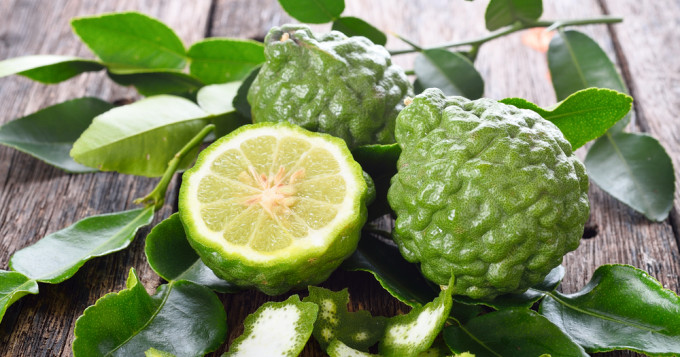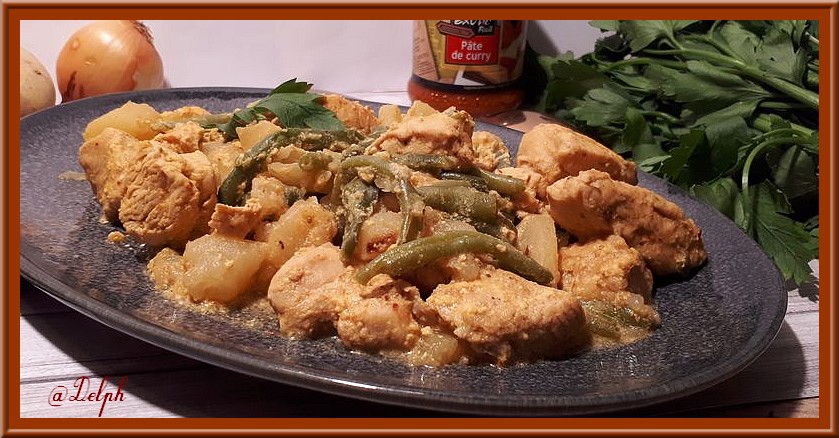Kaffir lime is an ancient citrus fruit, probably originating in Indonesia. It is very present in Thai, Indonesian, Malaysian and Reunionese cuisine.
This tropical fruit is rarely cultivated in Europe but production is higher on Reunion Island. However, internationally, Asian countries remain by far the largest producers and the main exporters in the market.
Kaffir lime displays only 22 Kcal per 100 g: you can therefore regularly flavor your dishes without fear for your figure. Especially since kaffir lime has another significant advantage: its high concentration of vitamin C (43 mg / 100 g), which can partially cover the daily intake recommended for an adult, man or woman (110 mg per day or even more if you smoke because smoking causes vitamin C loss).Belonging to the family of antioxidants, vitamin C is full of benefits for the body. In particular, it slows down the aging of skin cells and boosts the immune system. Convenient to prevent infections, especially winter ailments such as flu and colds … This vitamin could also prevent high blood pressure, certain inflammatory diseases, cataracts and the appearance of certain cancers. In addition, just like other citrus fruits, kaffir lime also contains flavonoids, which enhance the health benefits of vitamin C.Kaffir lime is also a good source of various mineral salts. Among them is particularly calcium (23 mg / 100 g), which is used, among other things, to have strong teeth and bones. Certainly, calcium of plant origin is normally a little harder to assimilate by the body than that of animal origin, found in particular in milk and dairy products … However, organic acids also present in kaffir lime facilitate the assimilation of calcium!
Finally, also know that an essential oil is extracted from the edible leaves of kaffir lime: it is mainly used to fight various infections (eg: cystitis) and relieve joint and muscle pain (eg: arthritis, muscle stiffness).Very acidic, the flesh of kaffir lime is rarely eaten. On the other hand, its zest is widely used in Asian cuisine, to flavor many sweet or savory dishes. Its powerful taste evokes ginger, lemongrass and coriander at the same time. Used sparingly, it will pleasantly enhance your vegetable mousse, chocolate or red fruit desserts and fish dishes. The zest of combava can also flavor rougail (a very spicy condiment, especially used in Reunionese cuisine) or cocktails: for example, it goes very well with lime juice, gin, rum and coconut milk. Note that you can also use kaffir lime juice to make refreshing drinks, but it must be recognized that its bitterness is very difficult to correct, hence the more frequent use of the zest.












